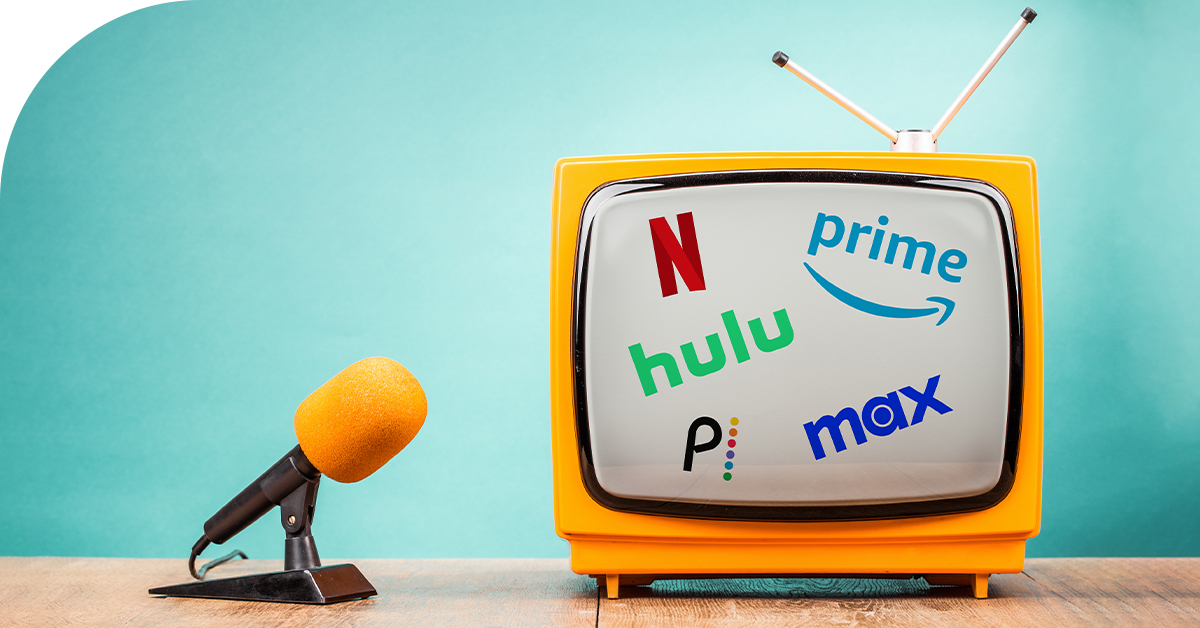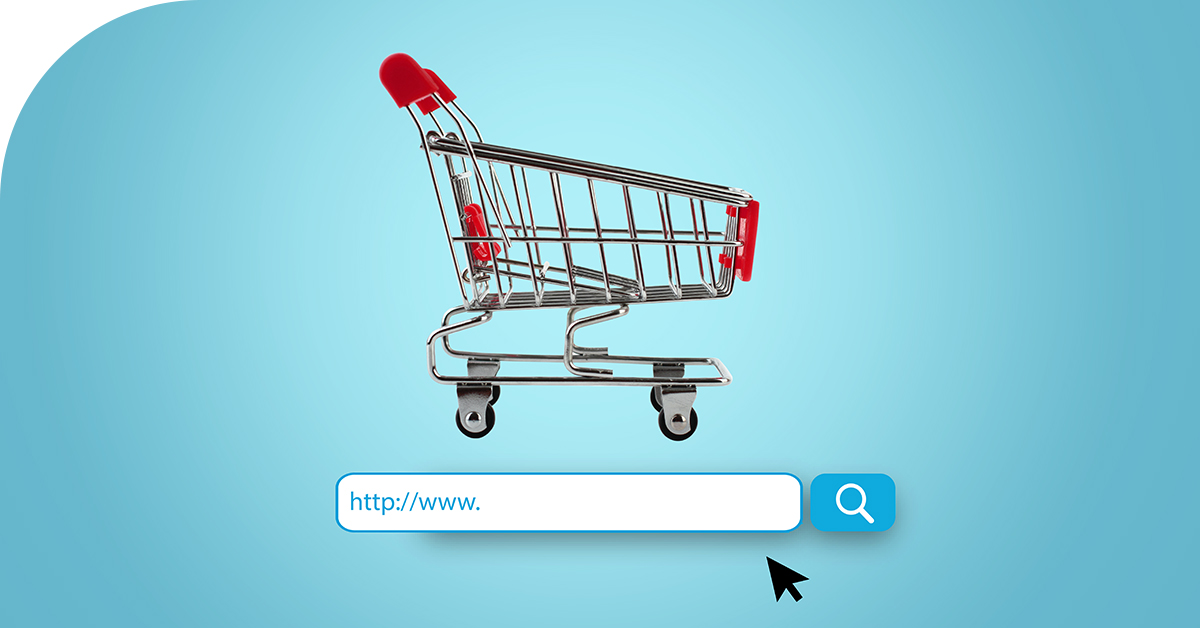As part of Choozle’s work perks, the company offers a financial wellness program to all of its team members. Services range from one-on-one coaching with a financial advisor to ongoing retirement planning. Our CEO, Andrew Fischer, recently talked with the Choozle team about how to read financial statements and create a personal finance plan during these times, which he adapted here for our blog.
Now that you are a shut-in due to the coronavirus, you finally decided you just couldn’t live without access to the entire Star Wars catalog on-demand in your living room. Well then, it looks like it’s time to pull the trigger on that Disney+ subscription. You jump online and navigate to the sign-up page where you are presented with two different options: sign up month-to-month at $6.99 or sign up for the entire year at $69.99 and ostensibly save $13.89.
In real-time, you make a decision largely based on your current personal financial situation. And on a more subconscious level, this choice is quite similar to a business making a decision about how to work with a software vendor. As an individual, you make real-time calculations on the tradeoffs between the two Disney+ options based on the strength of your personal “balance sheet,” your monthly budget, and your current cash flow situation.
Due to the uncertain economic environment around COVID-19, every business is highly focused on every financial metric. In turn, every employee should have basic fluency on the core financial statements and how they represent the overall health and trajectory of a business. Using the Disney+ example from a personal finance perspective, we can relate it to how businesses operate.
Financial Statements 101
Most companies focus on three core financial statements: the balance sheet, income statement (or profit and loss, commonly shortened to P&L), and the statement of cash flows.
What is a balance sheet?
A balance sheet is the overall scorecard of your current financial situation at any point in time. The formula you probably learned in high school, and again maybe in college or grad school depending on your focus, is Assets = Liabilities + Equity.
Assets & Liabilities
Assets are things that are positive on your scorecard that effectively increase your net worth. This would include liquid assets like your bank account (checking and savings) as well as things like stocks and bonds. Liquid assets means cash or things that are easily converted to cash–it takes just moments to sell a stock and convert into cash. Illiquid assets like real estate have value, of course, but aren’t easily converted into cash.
An illiquid asset would include any equity you have in your car or your home. And the equity is simply the value of something minus what you owe. Thus if your car has a blue book value of $20K and your loan amount is $15K, then you have $5K in equity. As an aside, cars are generally not a great asset as the value depreciates over time in relation to its usage. Real estate, on the other hand, tends to trend the other way, gaining value over time.
On the other side of the formula, liabilities would include things such as the amount of your student debt, car loans, mortgage balance, credit card balances, etc. If the value of your assets is greater than your liabilities, then you would have positive personal equity–and that would equal your “net worth.” It’s worth noting that early in your career, partially due to liabilities often including student debt, many individuals typically have a negative net worth. The goal, of course, is to leverage your ongoing activities to strengthen your net worth (aka the balance sheet) over time.
What is an income statement?
Whereas the balance sheet is a static scorecard typically reconciled on a monthly basis at the end of each month, your profit and loss (aka income statement) is the monthly ledger that’s “in motion” and shows how and if you are making a positive or negative impact on your balance sheet. Individuals would typically refer to this as a personal budget. And the goal, of course, is to have the inflows (paycheck, dividends, tax returns, etc.) exceed the outflows (expenditures on everything including rent/mortgage, food, entertainment, etc.). If you have a disciplined P&L and your income exceeds your expenditures, you end up with a surplus each month. That surplus can be put into savings, purchase stocks, or pay down liabilities like student loans or credit card balances, which improves your balance sheet for the next period.
Thus, for a company or an individual, focusing on a healthy monthly P&L will have a positive impact on the balance sheet over time–it is a long-term game. And the individual daily, monthly, and yearly activities recorded in the P&L or budget set the long-term trajectory of the balance sheet. Having a strong balance sheet gives a company or individual optionality: One can invest in assets, take risks, and also better weather times of uncertainty. Back to our Disney sign up example: If you have a relatively strong balance sheet and cash flow (and you have kids), then you would likely pull the trigger on the annual subscription for Disney+. At the end of the year, that is an extra $13.89 that transfers to your balance sheet into the cash bucket.
Statement of cash flows
The statement of cash flows is also important–it’s the actual measure of cash in and cash out in any particular period. This is why Disney is willing to take a $13.89 haircut on that annual subscription. On their P&L, they still recognize the revenue from your subscription on a monthly basis as it accrues ($5.83 per month for those of you following along at home). However, they get the cash upfront, which is an uptick on the statement of cash flows, and thus strengthen their balance sheet.
It’s worth noting that most individuals effectively combine their personal P&L and cash flows into a single budget that focuses on cash. For businesses, the distinction is important as products and services often have different payment terms of how and when the cash is exchanged. Similar to Disney+, most software providers prefer to be paid upfront on an annual contract–which greatly improves their cash flow and will provide a discount in return. Especially in times of uncertainty, businesses really focus on cash flow. “Cash is king” as they say, as it is the asset used to meet real obligations like payroll and office rent.
Conversely, if a company is great at selling and generating revenues but doesn’t have the discipline to collect payments, that shortfall will be realized on the statement of cash flows. The product is sold, and the revenue is technically accrued and reflected on the monthly P&L. But when the firm doesn’t collect the hard cash, it becomes an account receivable (AR) on the balance sheet. Yes, it is an asset, but any entity would much rather have the cash–and the sooner, the better! This is also why Disney requires you to enter a credit card for payment–it de-risks their ability to collect the cash associated with the millions of subscriptions.
Financial statements 101 in real life
Let’s put this into perspective with the current economic situation due to COVID-19. Many people are experiencing reduced or no income–thus, greatly reduced or eliminated revenue into their monthly P&L. If they have a strong personal balance sheet, they can weather the temporary disruption in income. They will eat into savings, sell some stocks, etc. They would also focus on the expenditure side of their P&L and begin cutting costs to ensure they can pay for the basics like rent, food, and loan payments. Instead of paying off your monthly credit card balance, you may choose to pay half of it, thus preserving cash. Any credit card expenditures still show up on your P&L for the month, of course, and the remaining balance shifts to a liability on your balance sheet, with interest, of course. But this helps your short term statement of cash flows–again the measure of real money in and real money out.
Government assistance and your P&L in times of crisis
The recent stimulus package is intended to help people better manage their personal financial statements, and, in turn, protect the overall economy. The $1,200 check many will be receiving is effectively what a business would call a grant. It’s a quick cash injection that does not need to be repaid. Thus, it provides a one-time boost to your personal P&L for that month.
Many greatly need the cash to meet their near-term obligations, and thus it is a wash on the P&L for the month (but better than incurring additional liabilities without the injection). If you have the ability to bank it, it will be reflected as an increase in assets on your balance sheet in the following month, thus strengthening your overall personal financial health.
Suspension in payments for student loans is another tool intended to help individuals. Effectively it provides a net-positive cash flow since you don’t have to make the cash payment for a number of periods, and essentially can be realized and saved like income on your personal P&L. But when you don’t make the payment, it doesn’t change the principal you still owe on the loan–your balance sheet would remain the same for that period. But it effectively provides short-term relief or income without changing your overall scorecard. And if you drop that would-be loan payment into your savings account, it does strengthen your balance sheet.
Settling in for Star Wars
Thus, when you make that real-time decision on subscription type for Disney+, you are, in fact, acting much like a business and playing out the scenarios in your head across your personal financial statements. I would suspect in the current climate that Disney+ is seeing a higher proportion of month-to-month subscriptions versus the annual package. Individuals are focused on short term cash flow, and they also want the flexibility to cancel during these uncertain times. Either way, I hope you can forget about all of this as you settle into the Star Wars universe with your new Disney+ subscription.







